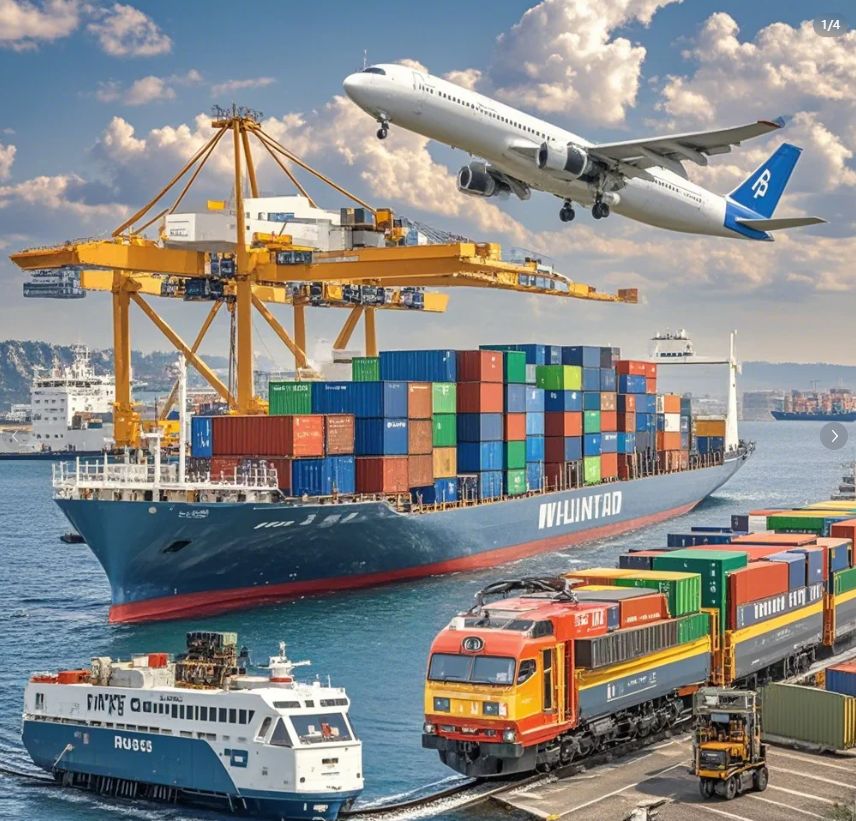China–US Shipping Classroom: Know Your Freight Terms Like a Pro
Release time:
2025-07-18
Customs Clearance, Cut-off, Bill of Lading, Port Types & More Explained
Shipping from China to the U.S. sounds easy — until you hear terms like cut-off, closing, B/L number, and wonder whether Shanghai is a base port or not. Whether you're a first-time importer or growing e-commerce seller, mastering these logistics terms can save you delays, fees, and stress.
At Passionship Logistics, we believe in empowering our clients with shipping knowledge. Let’s break down these essential China–US freight terms so you can navigate your next shipment like a pro. 🚢✈️
📦 1. Customs Declaration (报关 / Export Customs Clearance)
Before your goods can leave China, they must be declared to Chinese Customs. This process verifies your goods, HS codes, value, and export permits.
✅ Required documents: invoice, packing list, export license (if needed), shipping instruction
✅ Who handles it: usually your freight forwarder or customs broker
⏳ 2. Cut-off Time (截关 / CY Cut-off)
"Cut-off" refers to the deadline to deliver your cargo to the port terminal or warehouse before loading onto the vessel or plane.
⚠️ Missing cut-off can mean rolling your shipment to the next vessel — a costly delay.
✅ 3. Customs Clearance at Destination (结关 / Import Clearance)
Once goods arrive in the U.S., they must be declared again to U.S. Customs. This is where duties, taxes, and compliance documents are reviewed.
🧾 Make sure your paperwork is accurate — or risk customs holds or penalties.
📄 4. Bill of Lading Number (提单号 / B/L Number)
This is your shipment’s tracking ID. The B/L (Bill of Lading) is the legal document issued by the carrier, proving goods were shipped.
There are two main types:
MBL (Master Bill of Lading) – issued by shipping line
HBL (House Bill of Lading) – issued by freight forwarder
Use this number to trace your shipment’s location and delivery progress.
🚢 5. Vessel Name & Voyage Number (船名 / 航次)
Each sailing has a specific vessel name and voyage number, like Ever Given V.032W. This helps identify your cargo’s exact sailing schedule and estimated arrival time (ETA).
💡 Tip: Your forwarder should provide this once space is booked.
⚓ 6. Base Port vs. Non-Base Port (基本港 vs. 非基本港)
In international logistics, ports are divided into:
Base Ports (基本港): Major hubs like Shanghai, Ningbo, Shenzhen, Los Angeles, Long Beach
Non-Base Ports (非基本港): Smaller or inland ports like Fuzhou, Zhanjiang, or Tacoma
Why does this matter?
📈 Base ports usually have better rates, more frequent sailings, and faster customs clearance.
🚛 If shipping from a non-base port, expect extra inland trucking or feeder vessel costs.
👨🏫 Final Tip from Passionship Logistics
Understanding these freight terms is just the beginning. To truly streamline your China-to-USA shipping, partner with a team that helps you plan ahead, avoid costly delays, and deliver with confidence.
💬 Need help interpreting your shipping documents or schedule? We’re here to make logistics simple.
📲 Ready to ship from China to the USA?
Get a fast, transparent quote today at www.sz-passionship.com
RELATED BLOG
Understanding Door-to-Door Sea Shipping from China to the USA: A Comprehensive Guide
Door-to-door sea shipping from China to the USA is a logistics service that entails transferring goods from a seller's location directly to the buyer's specified destination. This method is especially advantageous for businesses looking to import large quantities of products due to its cost-effectiveness and ability to handle bulky items. The door-to-door sea shipping process generally consists of
View Details









